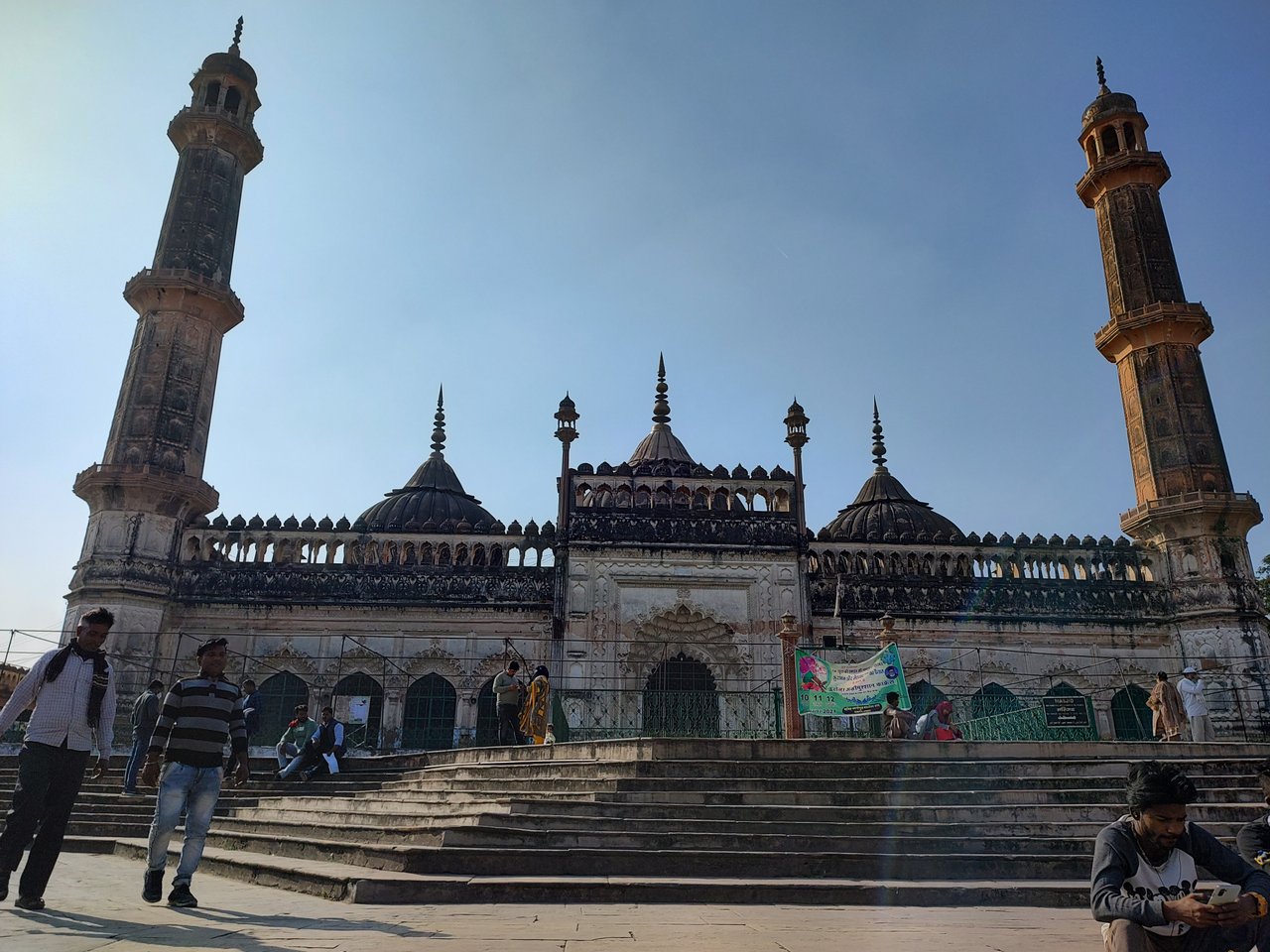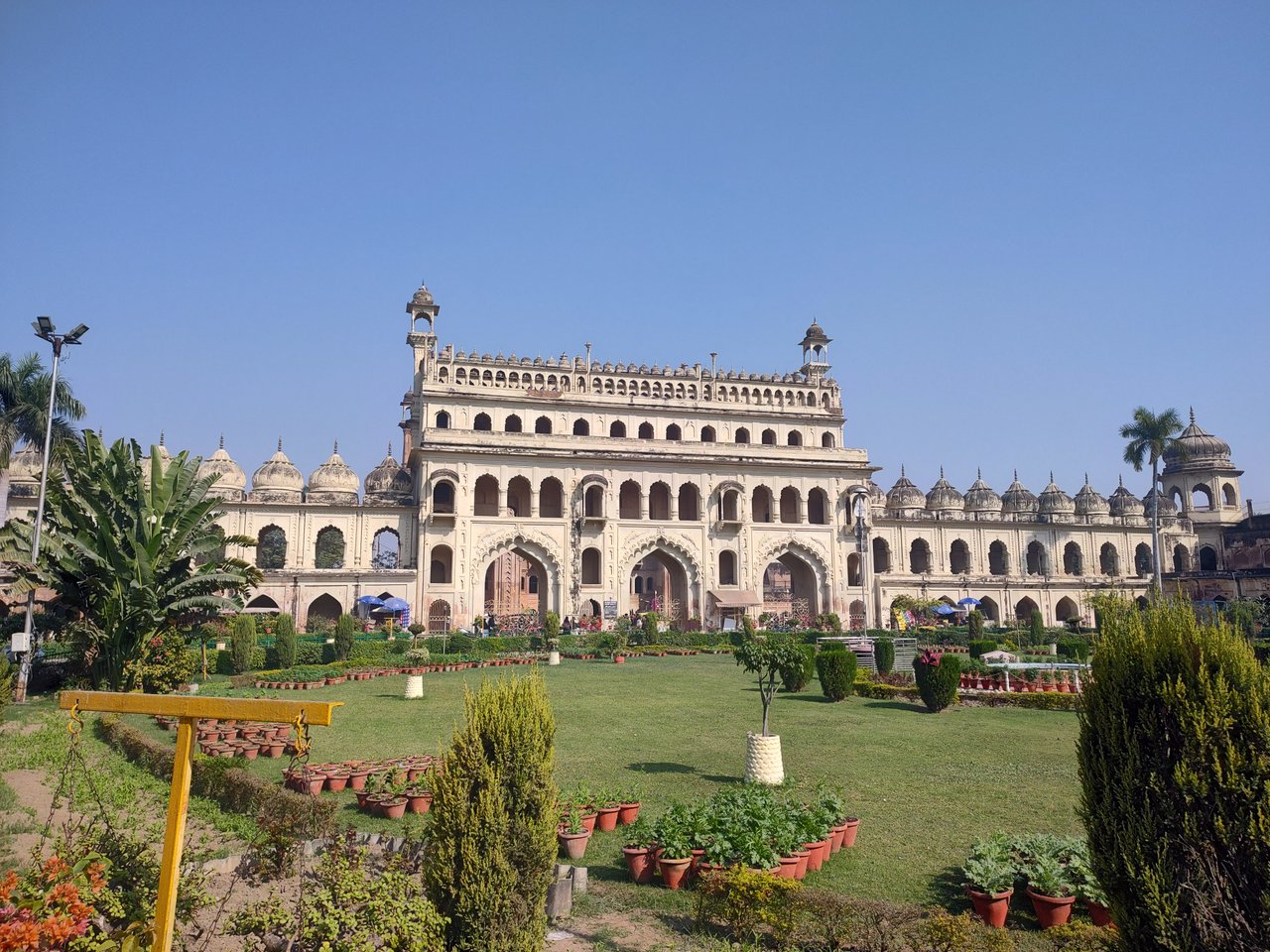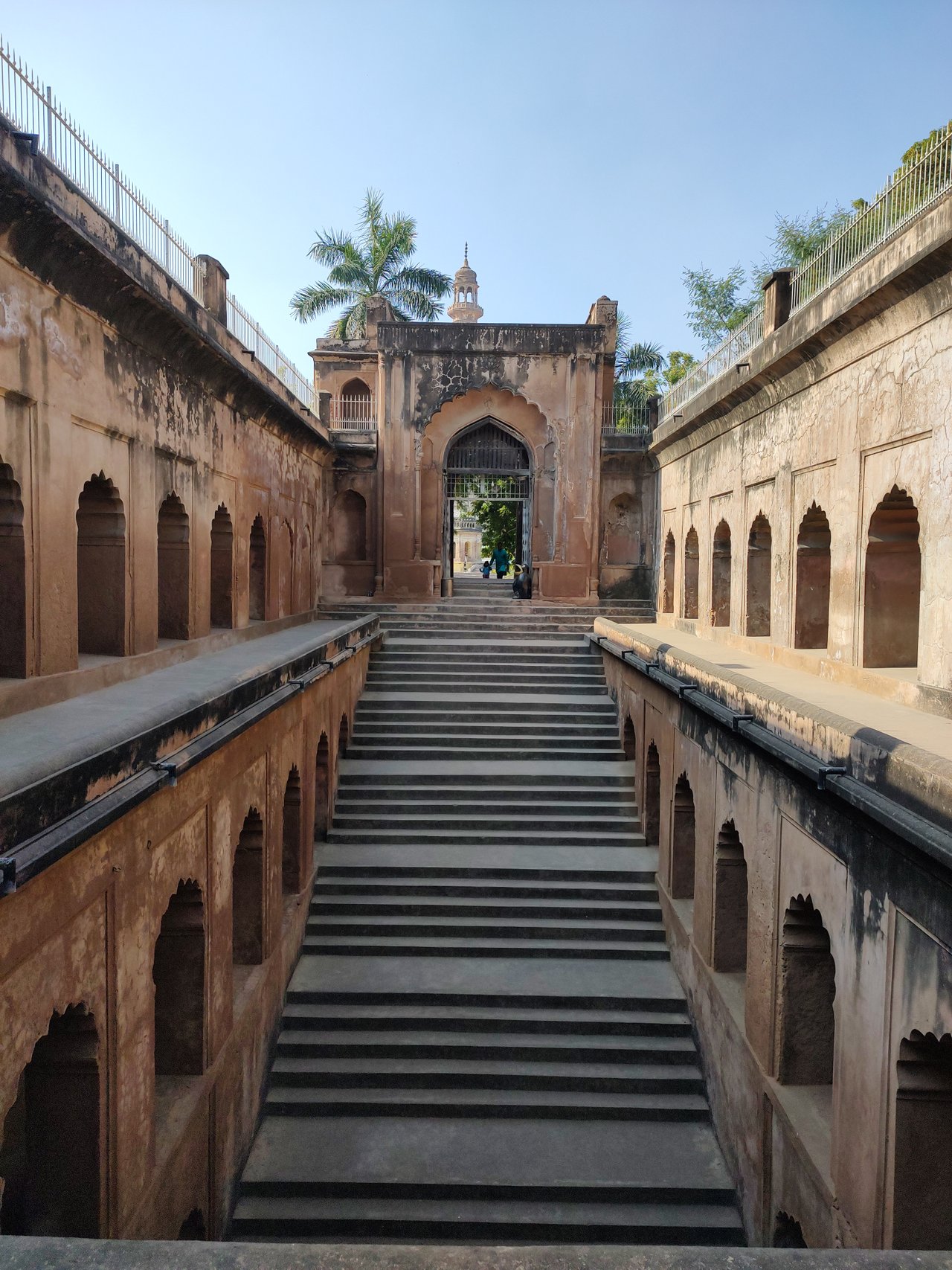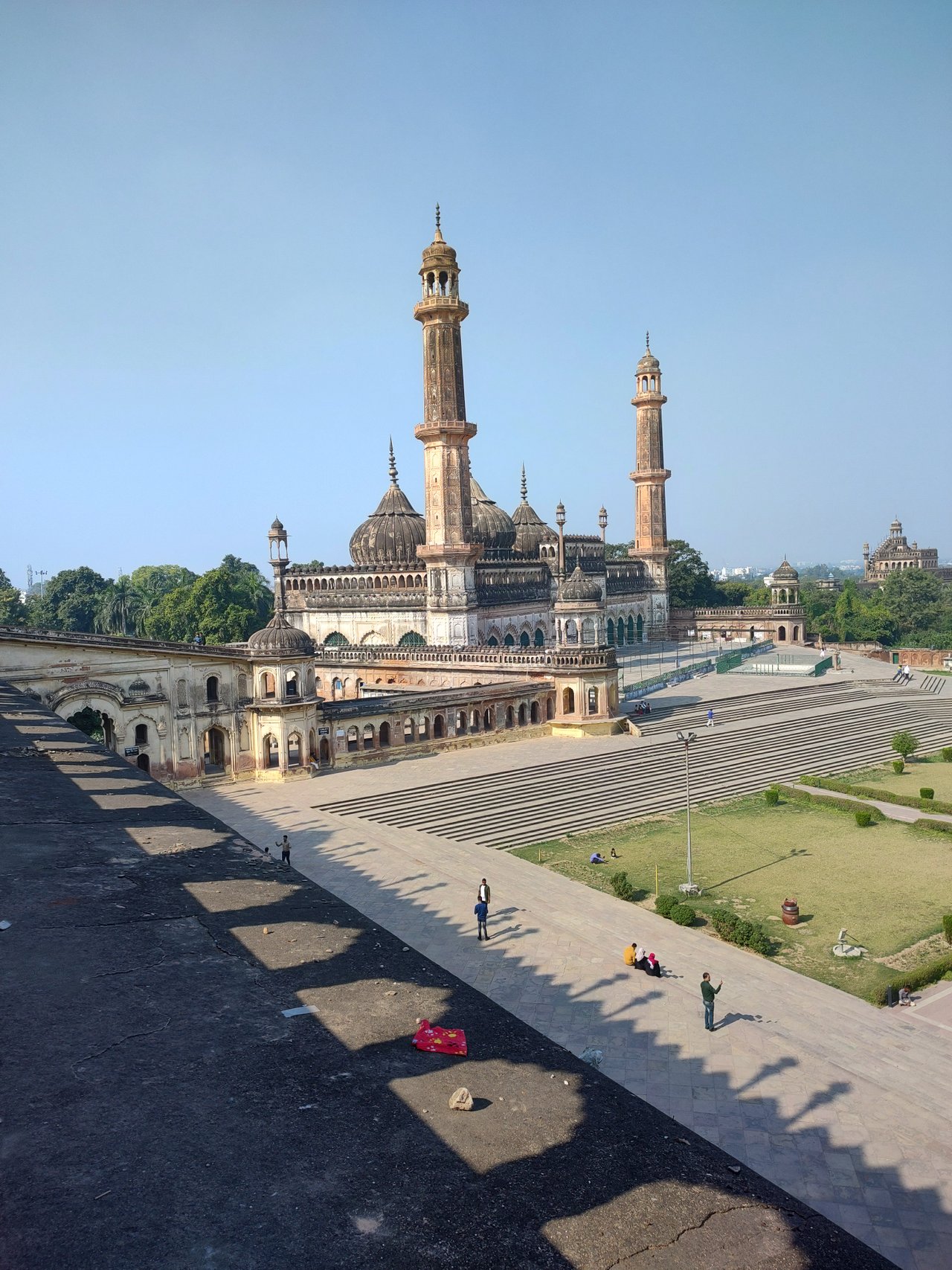Hello friend
Hello, friends! This is the first day of my solo trip to Lucknow, also known as the City of Nawabs. It's the capital city of Uttar Pradesh, India. I've been planning this trip for many years, and now it's finally time to explore the entirety of Lucknow during this two-week adventure. I've meticulously planned out every detail of the trip.
So, here I am on the first day of my journey, staying in a relative's home for the next two weeks. The house is situated in the heart of Old Lucknow, conveniently close to all the city's attractions. It's a bright morning, and my plan for the day is to visit the Imambara.

But before I delve into my visit to the Imambara, let me provide you with some background on this historical site, including its history and some significant images of the Imambara.
Let's start with the Imambara (Hindi: बड़ा इमामबाड़ा), also known as Asafi Imambara. This impressive complex was built in Lucknow, India, by Asaf-ud-Daula, the Nawab of Awadh, in 1784. The term "Bara" means big. An Imambara is a shrine constructed by Shia Muslims for the purpose of Azadari, and the Asafi Imambara is the second-largest of its kind, second only to the Nizamat Imambara (source: Wikipedia).

The complex consists of two structures: the Bada Imambara and the Chota Imambara. Both of these are highly visited sites in Lucknow and are major tourist attractions. While there is an entry fee for tourists, it is reasonable, with 50 INR for Indian visitors and 200 INR for foreigners.
I reached the Bada Imambara quite easily, as it's within walking distance from my accommodation. After purchasing the ticket, I was awestruck by the grandeur of the structure. It houses various attractions, including a mosque, a labyrinth, a well garden, and some shops. My first stop was the mosque, where I had to remove my footwear before entering. Rest assured, your footwear is safe; attendants are present, and guides are available for those who seek assistance (for a separate fee).

Inside the mosque, I was captivated by its vastness, adorned with a large dome and impressive walls. I couldn't help but marvel at the architectural wonder before me. After taking a few photos, I decided to explore the labyrinth. Rumor has it that the labyrinth is much larger than one might anticipate. Only a portion of it is accessible to the public; the actual labyrinth lies beneath the structure, stretching from Faizabad to Delhi. This intricate network was also used in the past for escape and hiding treasures, adding an air of mystery to its history.
As the stories go, there might be a vast treasure hidden within the labyrinth left by the Nawabs of Lucknow. However, my journey wasn't about treasure hunting, but rather about experiencing the essence of this historical place.
Exiting the labyrinth, I visited the well within the Bada Imambara complex. This architectural marvel from its time is worth the admiration. From a particular vantage point, you can observe the well's main gate, cleverly designed to monitor potential intruders.

After exploring the well, I decided to browse the nearby shops. The shops mainly offer decorative items and jewelry, many of which used to be made from bone, adding to the city's unique charm. Nowadays, jewelry is crafted from different materials, but it still carries the essence of Lucknow's artistic heritage.
With a sense of fulfillment from the day's explorations, I decided to treat myself to some of Lucknow's famous street food. I'll share my street food adventure in the next part of my travelogue.
Wishing you happy travels to all!
Device - Moto G60
location India
I'D @adilkhan007
Thank you all for reading my post
I like to invite my friends @abdul-rakib @sinthiyadisha @nushrat @rahul.mishra
